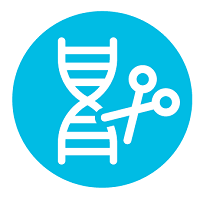Advances in Discovery, Formulation, and Delivery of New Modalities
Hot Topic: Particle Safety and Size Threshold for Particle Visibility Revisited
Reassessing Size Threshold and Other Particle Characteristics that Define Particle Visibility
Tuesday, May 14, 2024
10:00 AM - 10:20 AM PT
Location: Yosemite A

Miguel Saggu, PhD (he/him/his)
Sr. Principal Scientist
Genentech
San Francisco, California
Hot Topic Speaker(s)
Visible particles are a critical quality attribute for parenteral products and must be monitored. A carefully designed, executed, and controlled drug product manufacturing process including a final 100 % visual inspection and appropriate end-product controls ensures that visible particles are consistently minimized and demonstrates that the injectable DP is practically free from visible particles. Visual inspection, albeit appearing as a simple analytical procedure, requires several technical and operational controls to ensure adequate performance. To gather new data on particle visibility and shed light on this decade-old challenge, a multi-company blinded visual inspection threshold study was conducted. A major goal of the study was visual assessment of several particle types of different sizes in small volume vials, as a challenging configuration for visual inspection, across 9 biopharmaceutical companies in order to determine the visibility limit. The study results provide key insights into limitations and challenges of visual inspection, namely, no universal visibility limit can be applied to all particle types as the detectability varies with particle type, number, and size. The study findings underscore the necessity of setting realistic expectations on size-based visibility limits in visual inspection, robust procedures for analyst training and qualification, and harmonization of guidelines globally.
Learning Objectives:
- Understand that particle detection is probabilistic
- Understand what factors govern particle visibility
- Understand the challenges associated with visual inspection


